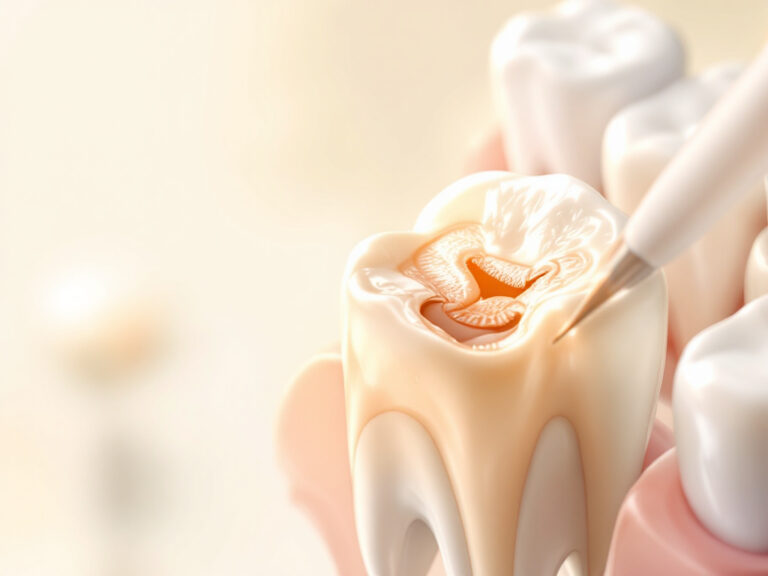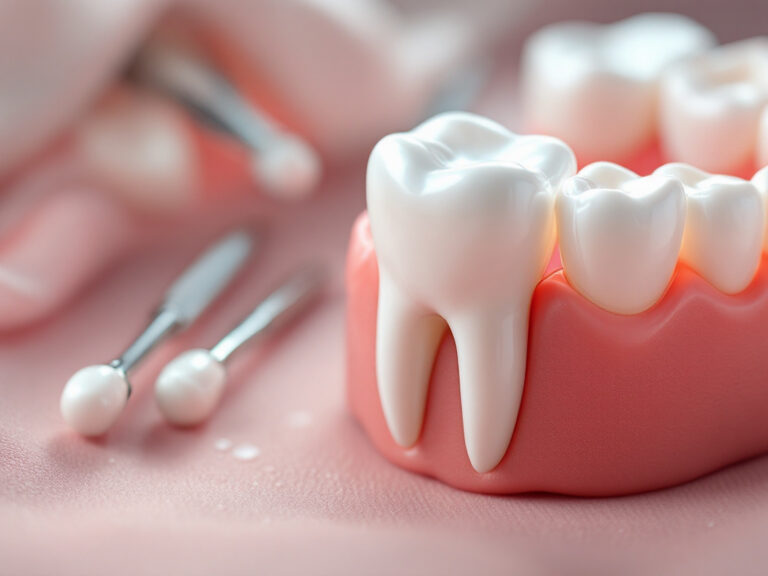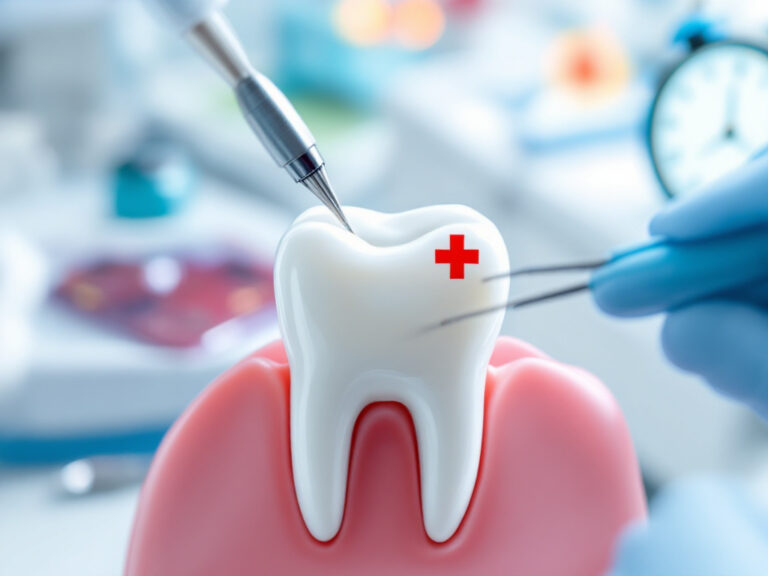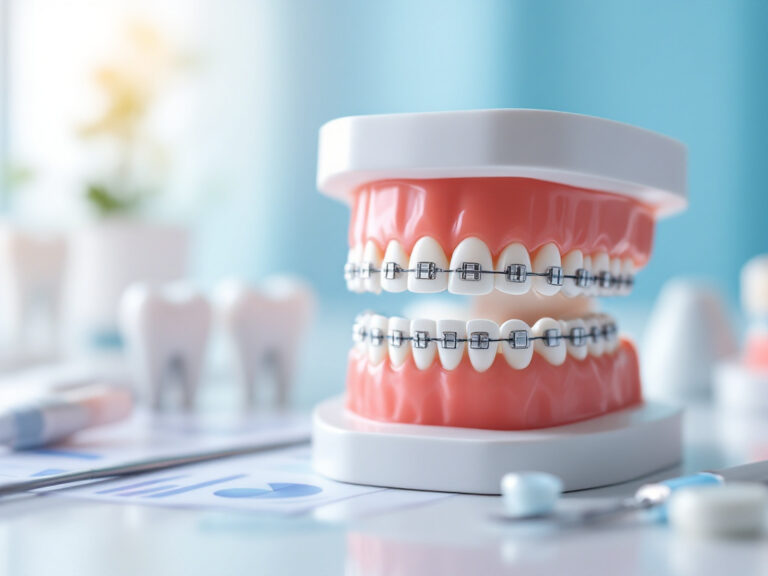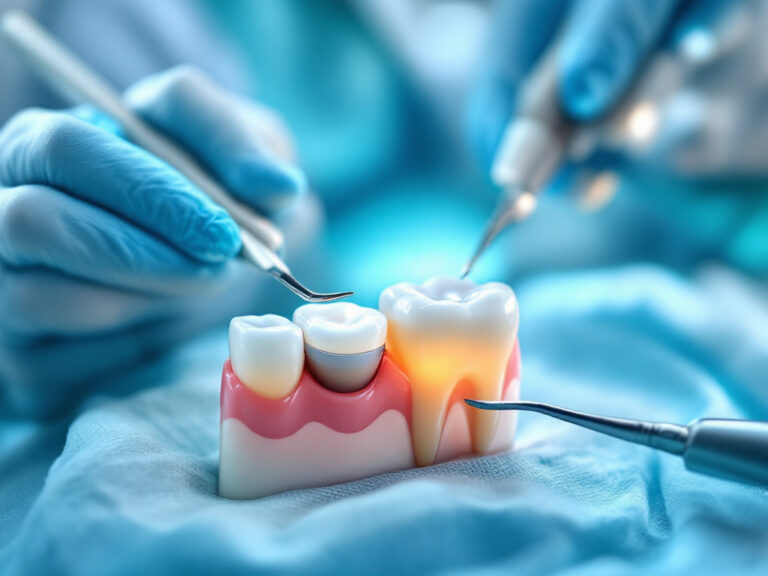Overview of consultation
Your dental implant consultation sets the foundation for restoring your smile and long-term oral function. During this appointment, you and your provider will evaluate whether a dental implant consultation is right for you, review your oral health, discuss treatment pathways, and outline next steps. By the end, you should understand what implant surgery entails, the timeline for osseointegration, and how same-day crowns or full-mouth restoration programs may fit your needs.
According to the American Academy of Implant Dentistry, three million people in the United States already have dental implants, with half a million more opting for implants each year [1]. With a success rate around 98 percent, dental implants offer a durable, reliable solution compared to bridges or removable dentures.
Prepare your questions
Going into your consultation with prepared questions ensures you leave with clarity and confidence. Consider asking about:
- Provider experience: How many dental implants have they placed?
- Implant materials: Do they use titanium or zirconia?
- Treatment timeline: When can you expect placement, abutment, and crown phases?
- Sedation options: Will you need local anesthesia or IV sedation?
- Technology: Do they offer 3-D imaging or same-day crown placement?
- Longevity: What maintenance will your implant require?
Bringing a list helps you cover all concerns and compare practitioners if you seek second opinions.
Gather medical information
Your clinician will review your health history to gauge implant candidacy. Be ready to share details about:
- Past surgeries and anesthesia reactions
- Chronic conditions such as diabetes or osteoporosis
- Medications, including blood thinners
- Smoking or tobacco use
- Allergies to metals or dental materials
Complete transparency lets them tailor a safe, personalized plan.
Undergo oral examination
A thorough exam assesses your current oral health and suitability for implants.
Evaluate soft tissues and bite
Your dentist inspects gums, oral mucosa, and bite alignment. Healthy gums and adequate space between opposing teeth are crucial for implant success.
Check adjacent teeth
Assessing neighboring teeth and existing restorations—such as composite dental fillings or dental crown placement—ensures your implant won’t compromise surrounding structures.
Review imaging procedures
Imaging guides precise planning and reduces surgical risks.
Two-dimensional X-rays
Periapical and panoramic X-rays reveal bone height, root positions, and hidden pathology.
3-D cone beam scans
Three-dimensional imaging evaluates bone density, nerve locations, and sinus position. This advanced technology supports full-mouth rehabilitation and immediate placement in suitable cases.
Discuss treatment options
Your consultation will cover restorative pathways suited to your situation.
Single implant vs. bridge
A single-tooth implant preserves bone better than a three-unit dental bridge replacement, avoiding alteration of neighboring teeth.
Immediate vs. delayed placement
- Immediate placement lets you receive an implant at extraction time
- Delayed placement allows site healing first, often after grafting
Your provider will weigh factors such as bone quality, esthetic demands, and risk of infection.
Alternative solutions
If implants aren’t ideal, you may explore custom denture fitting or partial denture replacement.
Evaluate implant components
Selecting the right materials impacts aesthetics, strength, and biocompatibility.
| Component | Titanium implant | Zirconia implant |
|---|---|---|
| Material | Titanium alloy, corrosion-resistant | Ceramic oxide, metal-free |
| Biocompatibility | Proven track record, 98% success rate [1] | Hypoallergenic, ideal for metal sensitivities |
| Esthetics | Requires ceramic abutment for natural hue | White material blends with porcelain |
| Cost | Standard pricing | Typically higher cost |
You will also discuss abutment options and crown materials such as porcelain or zirconia. Many practices now offer same-day crowns for immediate provisional restorations.
Understand preparatory procedures
Some patients need additional treatments before implant placement.
Tooth extraction
Removing a failing tooth takes one to two weeks for soft tissue healing.
Bone grafting
If bone volume is insufficient, grafting may be required. Healing can take three to six months before implant placement.
Sinus lift
For upper molar sites, a sinus membrane elevation may be necessary to create adequate bone height.
Plan surgical timeline
Knowing each phase helps you schedule time off and manage expectations.
- Implant placement surgery: 1–2 hours per site
- Osseointegration period: 3–9 months depending on bone health [2]
- Abutment placement: Minor procedure, two weeks healing
- Permanent crown fitting: Final step, matching color and shape
If you pursue same-day restoration, your provider may attach a temporary crown immediately after surgery, preserving esthetics and function.
Know recovery process
Your comfort and healing hinge on proper aftercare.
Managing discomfort
Expect mild swelling and soreness. Over-the-counter pain relievers typically suffice for one to two days. Avoid vigorous activity for at least a week.
Diet and hygiene
- Soft foods: Yogurt, mashed potatoes, smoothies
- Gentle brushing around incision sites
- Antimicrobial mouthwash as directed
Follow-up visits
Regular appointments check implant integration and soft tissue health. Timely detection of complications such as infection or nerve irritation ensures swift resolution.
Discuss costs and financing
Dental implant consultation often includes a breakdown of fees.
Price components
- Consultation and imaging
- Implant hardware and components
- Laboratory fees for crown fabrication
- Surgical and follow-up visits
Insurance and payment plans
Dental implants may be considered elective, but some plans cover portions of crown costs. Ask about insurance covered dental restoration or financing options like CareCredit to make treatment accessible.
Affordable restorative options
If budget constraints arise, explore phased approaches within affordable restorative dentistry.
Plan long-term maintenance
Your implant can last a lifetime with proper care.
Oral hygiene routines
Brush twice daily, floss around implant sites, and consider interdental brushes.
Routine checkups
Professional cleanings every six months help prevent peri-implantitis.
Protective measures
Use a nightguard if you grind teeth and avoid chewing on hard objects to preserve implant crowns, akin to how you’d protect porcelain crown restoration.
A successful dental implant consultation equips you with knowledge, a clear treatment plan, and confidence in your restorative journey. By preparing questions, understanding imaging and surgical steps, and planning for costs and recovery, you pave the way for a healthy, functional, and beautiful smile.


